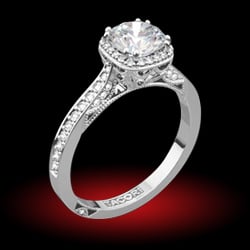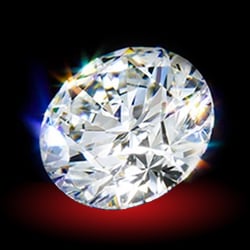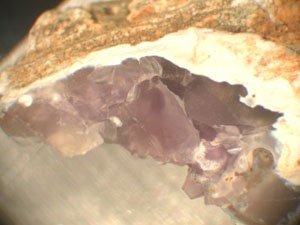Ymanda
Rough_Rock
- Joined
- Jan 25, 2005
- Messages
- 30
Which photo ? I can''t see anything. But i have some rough Demantoid here that look really strange. The owner came back from afganistan with those crystals and some of them show that kind of "snow ball" :


Demantoid 2.38 cts
Even in twins, that snow ball stays in the center of the wole stone, not in eachcrystals that interpenetrate each others:


Demantoid 3.02 cts




It''s like the more the twin interpenetrate each other, the less that glassy ball is visible. But I could say also that the more the stones are big, the less the snow ball is visible.
In some stones i can see the glassy part has a cystal shape, but in others it is totally round.
Has anybody seen this before? What could be responsible for that ?
And more important, the owner wants US$100 and up for those crystals. Is it too expensive?
I tried to find such stones on internet, but i could not get any Rough Demantoid with ice habbits like those. So i guess it''s quite rare.











300x240.png)